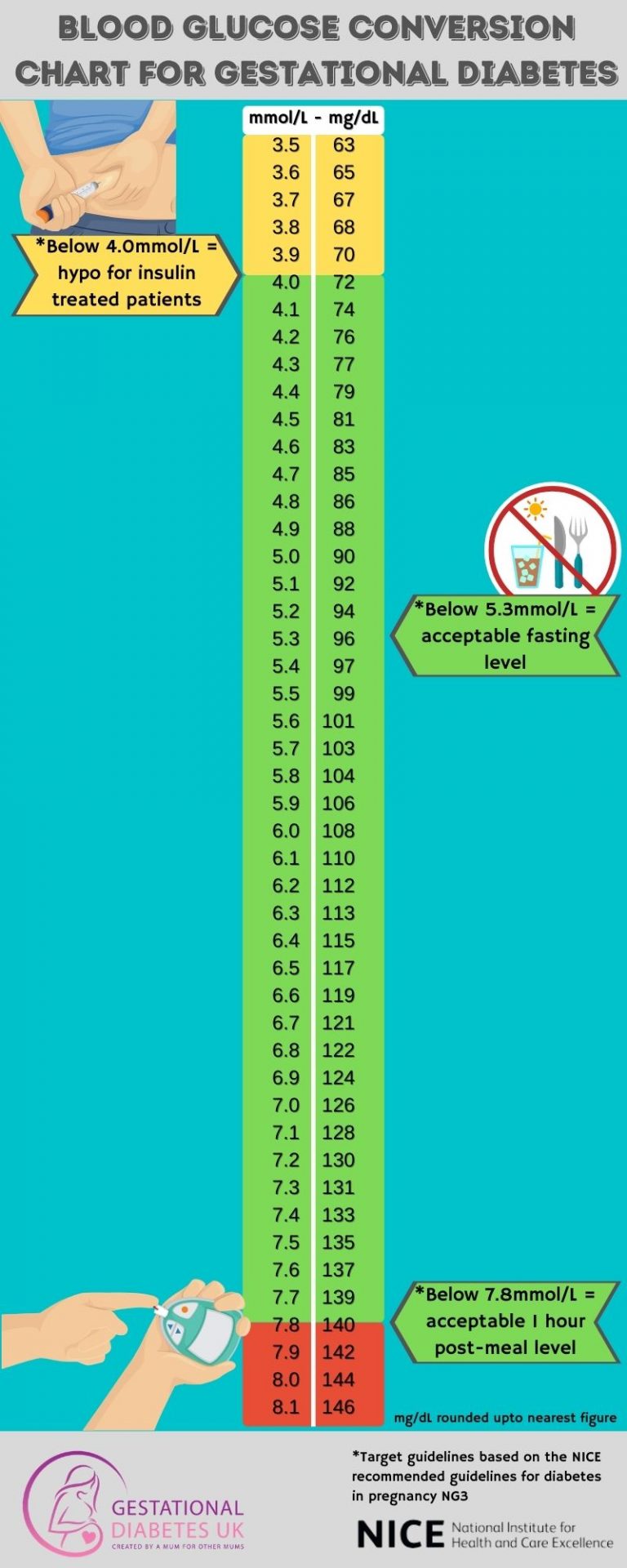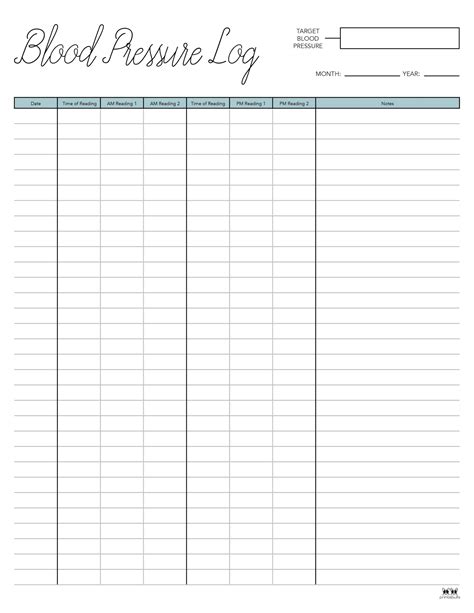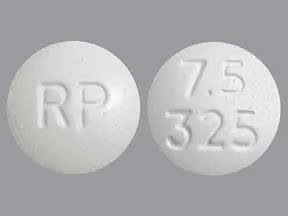Understanding and managing diabetic sugar levels is crucial for individuals living with diabetes. Diabetes, a chronic condition characterized by elevated levels of glucose in the blood, affects millions of people worldwide. The management of blood glucose levels is key to preventing the complications associated with diabetes, such as cardiovascular disease, kidney damage, and nerve damage.
The Importance of Blood Glucose Monitoring
Blood glucose monitoring is a critical aspect of diabetes management. It involves checking the levels of glucose in the blood to determine how well the body is managing blood sugar. This is typically done using a glucometer, a small device that requires a drop of blood, usually obtained by pricking the fingertip with a lancet. Regular monitoring helps in adjusting diet, exercise, and medication to maintain blood glucose levels within a target range.
Target Blood Glucose Levels
The target blood glucose levels for individuals with diabetes can vary based on factors such as age, other health conditions, and the risk of hypoglycemia. Generally, the American Diabetes Association (ADA) recommends the following target blood glucose levels:
- Before meals: 80 to 130 mg/dL
- After meals: Less than 180 mg/dL
Factors Affecting Blood Glucose Levels
Several factors can influence blood glucose levels, including:
- Diet: The type and amount of carbohydrates consumed can significantly affect blood sugar levels. Foods with a high glycemic index can cause blood glucose to rise more rapidly.
- Physical Activity: Regular physical activity can help lower blood glucose levels and improve insulin sensitivity.
- Medications: Certain medications, including diabetes medications, can impact blood glucose levels.
- Stress and Illness: Stress and illness can cause blood glucose levels to rise.
- Sleep: Poor sleep quality and duration can affect blood glucose control.
Managing Diabetic Sugar Levels
Effective management of diabetic sugar levels involves a combination of lifestyle modifications and, when necessary, medication.
Lifestyle Modifications
- Dietary Changes: Eating a balanced diet that is low in added sugars, saturated fats, and sodium, and high in fruits, vegetables, and whole grains can help manage blood glucose levels.
- Regular Physical Activity: Engaging in at least 150 minutes of moderate-intensity aerobic exercise, or 75 minutes of vigorous-intensity aerobic exercise, or a combination of both, per week, can improve insulin sensitivity.
- Weight Management: Maintaining a healthy weight can improve blood glucose control.
- Stress Management: Techniques such as yoga, meditation, and deep breathing exercises can help manage stress.
Medication
- Metformin: Often the first-line treatment for type 2 diabetes, metformin works by decreasing glucose production in the liver and improving insulin sensitivity.
- Sulfonylureas: These medications stimulate the pancreas to release more insulin.
- Insulin Therapy: For individuals with type 1 diabetes and some with type 2 diabetes, insulin injections are necessary to control blood glucose levels.
Complications of Unmanaged Diabetes
Unmanaged diabetes can lead to serious complications, including:
- Heart Disease and Stroke: High blood glucose levels can damage blood vessels and the nerves that control the heart.
- Kidney Damage: Diabetes is the leading cause of kidney failure.
- Nerve Damage: High blood glucose can damage the nerves, leading to numbness, tingling, and pain.
- Vision Problems: Diabetes can cause blindness due to damage to the blood vessels in the retina.
Conclusion
Managing diabetic sugar levels requires a comprehensive approach that includes regular monitoring, lifestyle modifications, and when necessary, medication. By understanding the factors that influence blood glucose levels and taking proactive steps to manage them, individuals with diabetes can significantly reduce the risk of complications and improve their quality of life.
What is the normal range for blood glucose levels?
+For individuals without diabetes, normal blood glucose levels are typically between 70 and 140 mg/dL, though these levels can vary slightly depending on the time of day and when you last ate. For people with diabetes, the target ranges may be slightly different and can depend on factors such as age and other health conditions.
How often should I check my blood glucose levels?
+The frequency of checking blood glucose levels depends on your diabetes treatment plan and your healthcare provider’s recommendations. Typically, individuals with type 1 diabetes and some with type 2 diabetes may need to check their levels multiple times a day, while others may need to check less frequently.
What are the symptoms of high blood glucose levels?
+Symptoms of high blood glucose (hyperglycemia) can include increased thirst and urination, fatigue, blurred vision, cuts or wounds that are slow to heal, and recurring skin, gum, or bladder infections. If you experience any of these symptoms, it’s important to consult with your healthcare provider.



